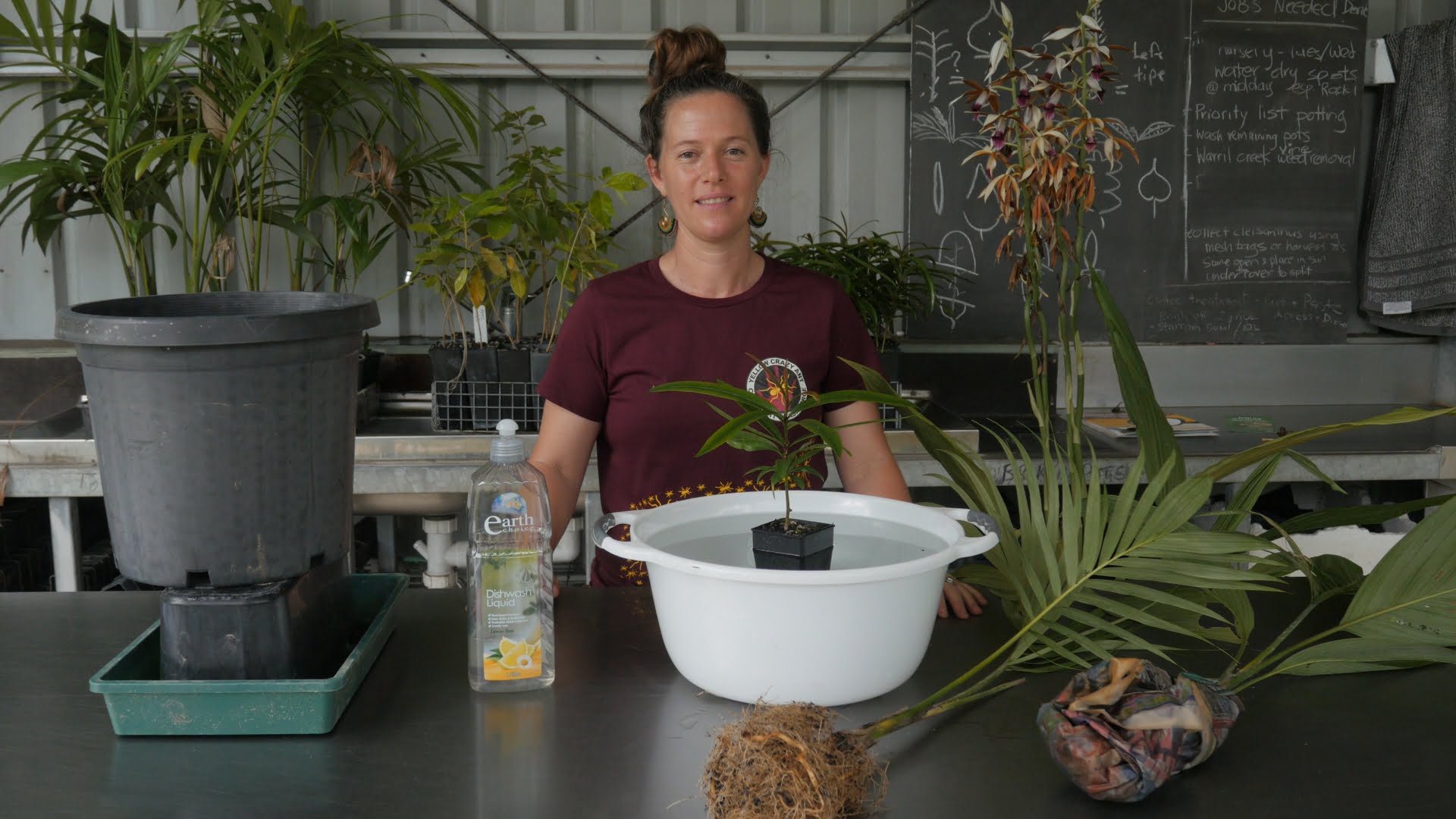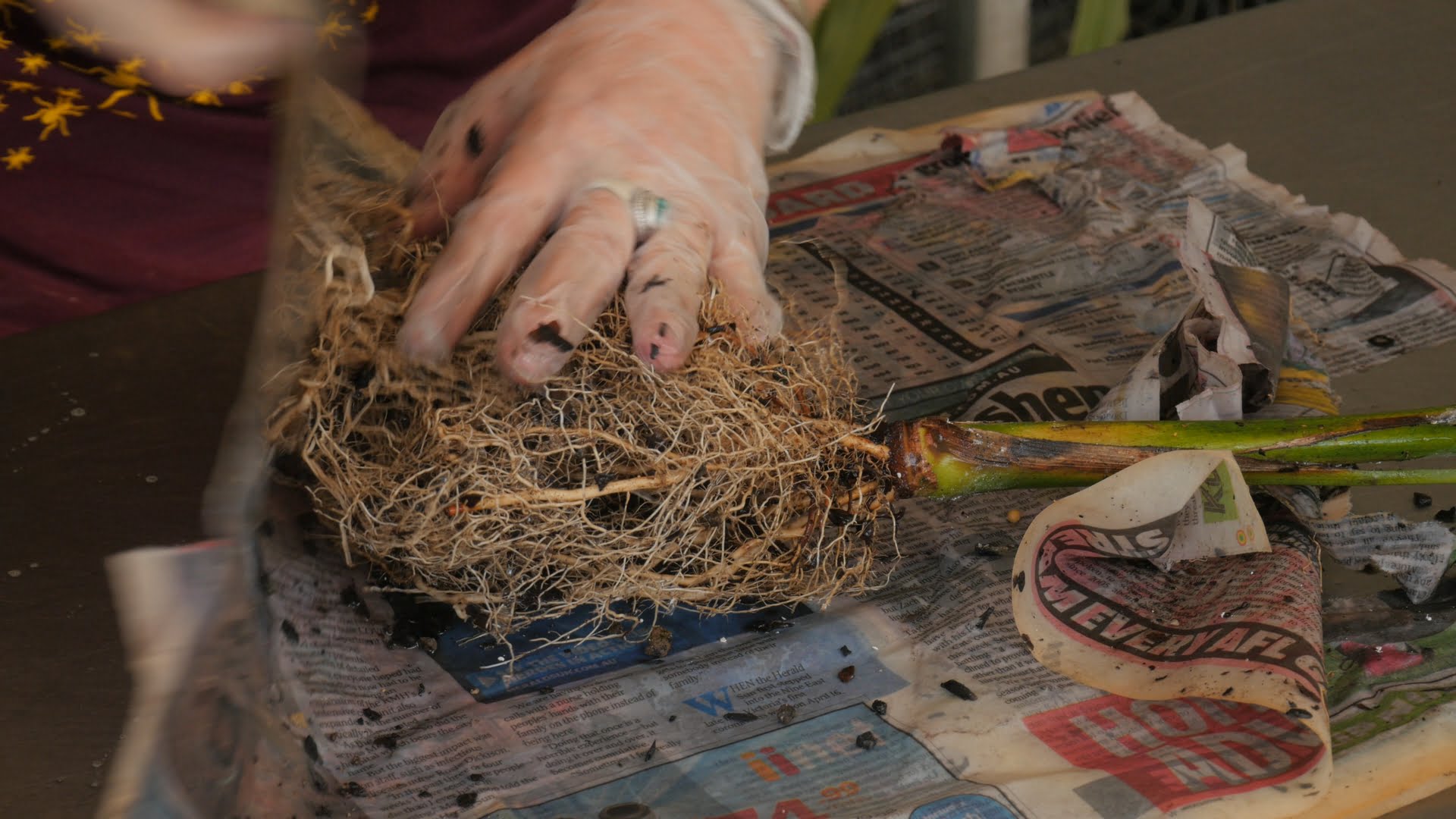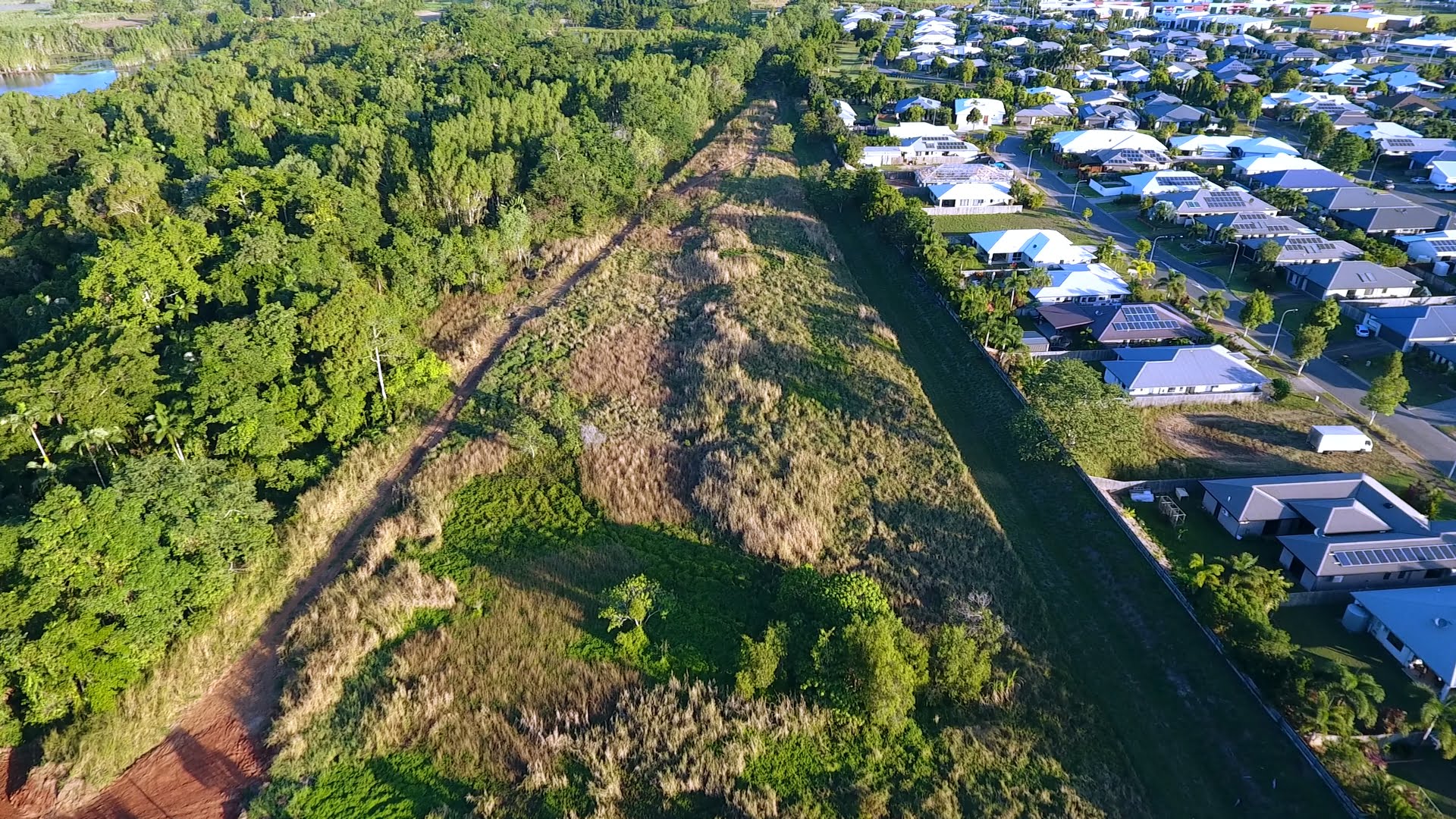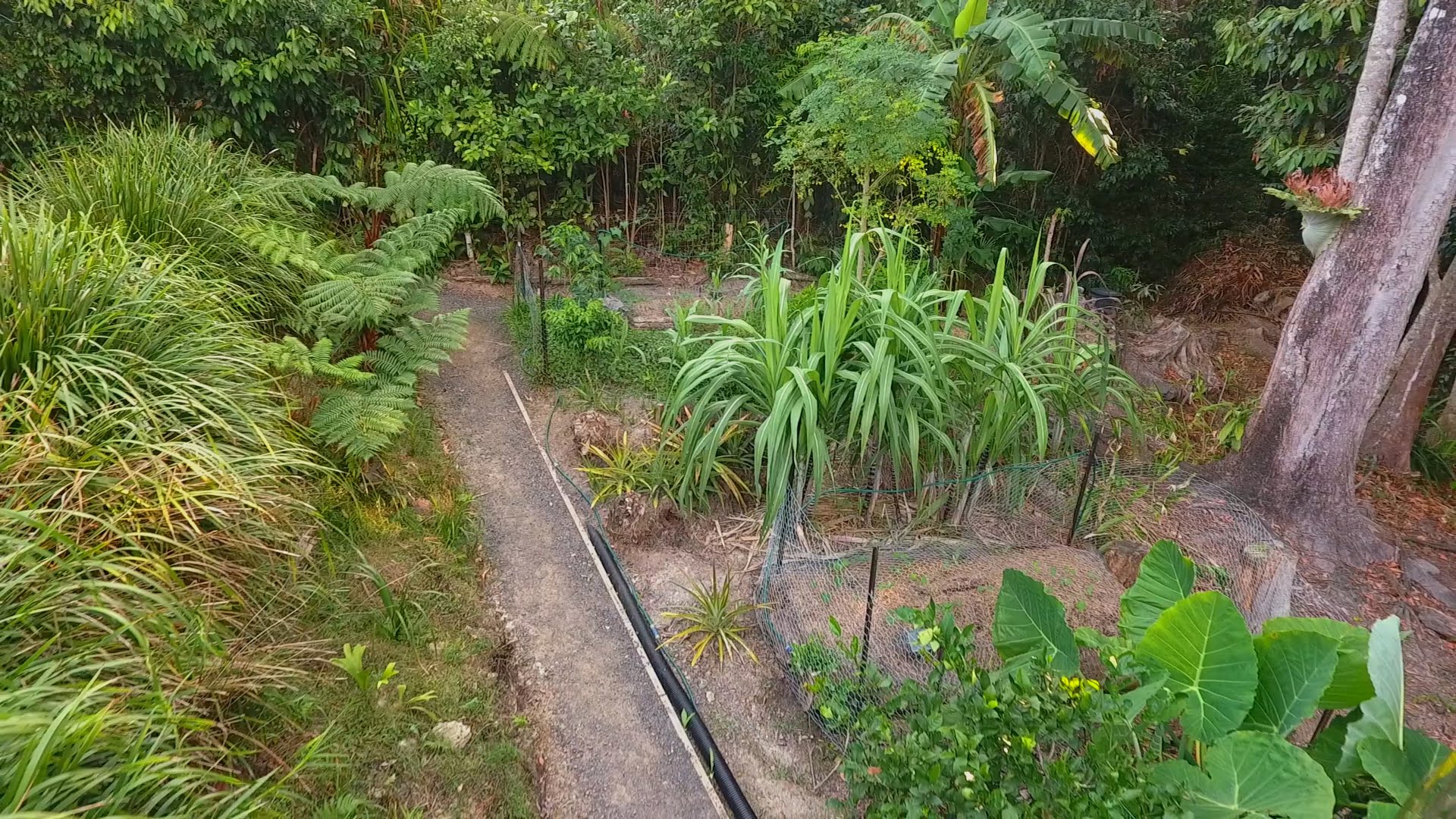Protect Your Patch – Grow Something Great
Protecting our backyards from invasive ants is a must but most of the time, we don’t know we have them until the damage is done.
Thankfully, our Community Taskforce has made a video to show you how to protect your patch from invasive ants; so you don’t spread the ants and cause another infestation and also prevent the ants from coming onto your patch.
How to quarantine your potted plant

Two methods to quarantine
Bare rooting
Bare rooting is taking a potted plant and removing the pot and soil, leaving the roots bare. Bare roots remove any ants, nests, or eggs that could be hiding in the soil.
Water bath
A water bath is soaking your potted plant in a container of water for some hours, and checking the water for suspect ants.
For larger pots, you can position the pot in a moat of water, essentially creating an ‘island’. The roots don’t get wet but ants cannot escape the water. Plants quarantined in a moat of water can be left longer than 24 hours.
Bare Rooting
- Check the FAQ below to see if your plant can handle bare roots
- Remove the pot and soil
- Check for yellow crazy or electric ants, take a sample if you’re unsure and call Biosecurity Queensland on 13 25 23
- Wrap bare roots with wet newspaper and fasten with a rubber band
- Your plant is now safe from invasive ants and ready for planting

Water Bath
- Gather your equipment: large bucket or tray, water, dishwashing liquid, table (optional)
- Place your large bucket or tray on the ground or on a table
- Fill it with water
- Submerge your plant in the water
- Add a drop of dishwashing liquid to the water
- Make sure your plant’s foliage is not touching anything around it
- Wait up to 12hrs or less for a small pot, 24hrs for a larger pot
- Check the water for yellow crazy or electric ants, take a sample if you’re unsure, and call Biosecurity Queensland on 13 25 23
- Remove your plant from the water, it’s now safe and ready for your patch
- Large pot, sensitive plant, unsure how much water, or how long you submerge? See FAQ below for more details


Frequently Asked Questions
Which plant families don't like their roots bare?
It’s not recommended to bare-root decorative plants in ceramic pots, fragile, sensitive, or delicate plants such as the herbaceous types, young vegetables, or small potted trees.
Which plant families can handle bare roots?
A large number of plant groups can be shared bare-rooted especially if they are being attended to by the receiver quickly.
Bulbs, tubers, and rhizomes, such as root vegetables, gingers, or flowers, are best offered when bare-rooted and cleaned thoroughly.
Cacti, dragonfruit, and a variety of ornamentals including many succulents, anthuriums, and philodendrons may be shared as cuttings whether rooted or not.
Bromeliads including pineapples, orchids, elephant ears, and assorted other aroids are routinely swapped and shared as bare-rooted plants.
It can also be done with many flowers such as roses. However, an assortment of young plants such as vegetables, herbs, and even pawpaws, can be bare-rooted, on a ready plant immediately basis. Otherwise, water bath.
How deep should I submerge my potted plant?
If you have a small potted plant, submerge the pot in a vessel of water over the rim of the pot (see image above).
The types of containers you can use are buckets, basins, or wheelbarrows if you have a few plants to quaratine.
Larger pots will need a moat of water around the plant. For this, you need a tray and something to stand the pot on (see image above).
How long do I leave the plant submerged for?
When submerging large pots in water, the maximum time you should leave the pot in water is 24 hours.
For small pots, 2-3 hours should be sufficient. However, there is no fixed answer as there are many different plants that can tolerate submerged roots differently.
We suggest you allow for 2-3 hours and then monitor your plant thereafter.
When checking for ants, make sure you check the foliage as well.
Can I use an insecticide?
You can use an insecticide if you want to take an extra precaution, however, we don’t condone killing native ants.
Why should I add a drop of dishwashing liquid to the water?
The dishwashing soap breaks the water’s surface tension and stops rafting. The dishwashing soap also helps the water absorb further into the pot.
I think I have electric ants/yellow crazy ants, how do I take a sample?
Any suspect ants can be collected in a plastic zip-lock bag or jar and then put in the freezer for 24 hours to ensure they are dead. Call 13 25 23 to arrange a pick up of the sample for identification.
Now that I have bare rooted my plant, what do I do with the soil?
Firstly, check the soil for suspect ants. Soil can either be removed dry or in a bucket of water.
Soil is a potential carrier of yellow crazy and electric ants and should be taken to an approved receiving station – which is the Council Waste Transfer Stations.
To find out if you live in or near a yellow crazy ant or electric ant infestation area, click on the links in this text.





